DESIBUZZCanada
Events Listings
Dummy Post

International Day Of Yoga To Be Virtually Celebrated Saturday At 4pm

CANCELLED: Coronavirus Fears Kills Surrey’s Vaisakhi Day Parade

ADVERTISE WITH US: DESIBUZZCanada Is The Most Read South Asian Publication Online

SURREY LIBRARIES: Get Technology Help At Surrey Libraries
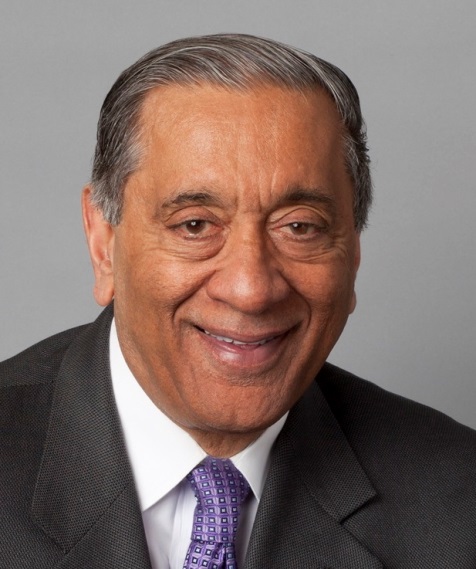
WALLY OPPAL: Surrey Police Transition Update On Feb. 26
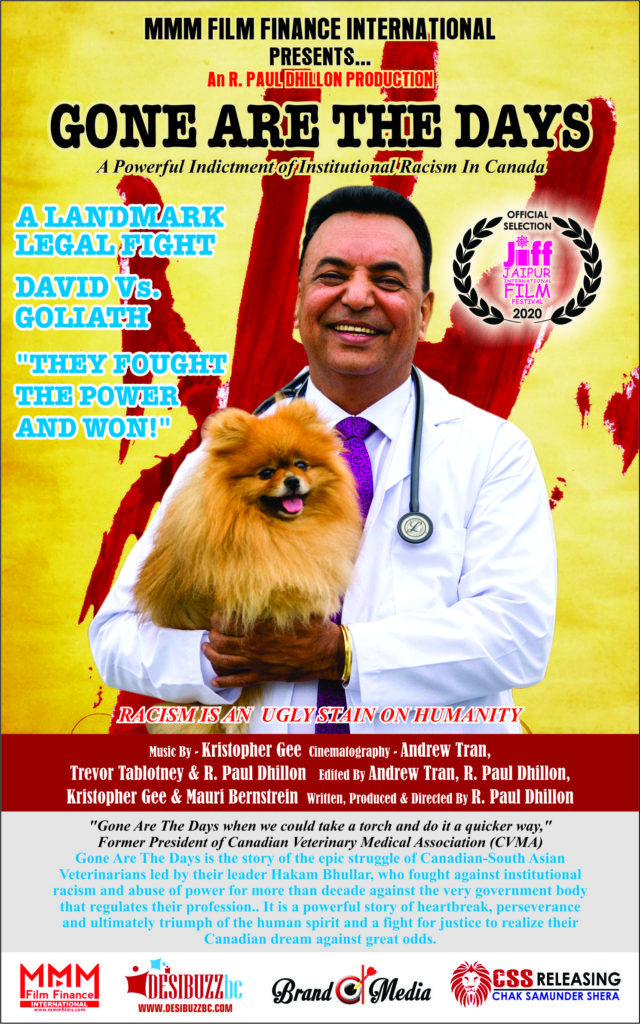
GONE ARE THE DAYS - Feature Documentary Trailer
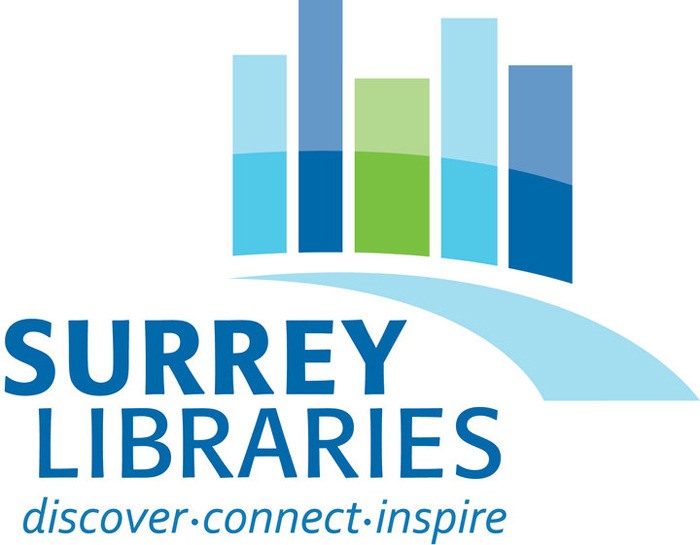
Technology Help At Surrey Libraries
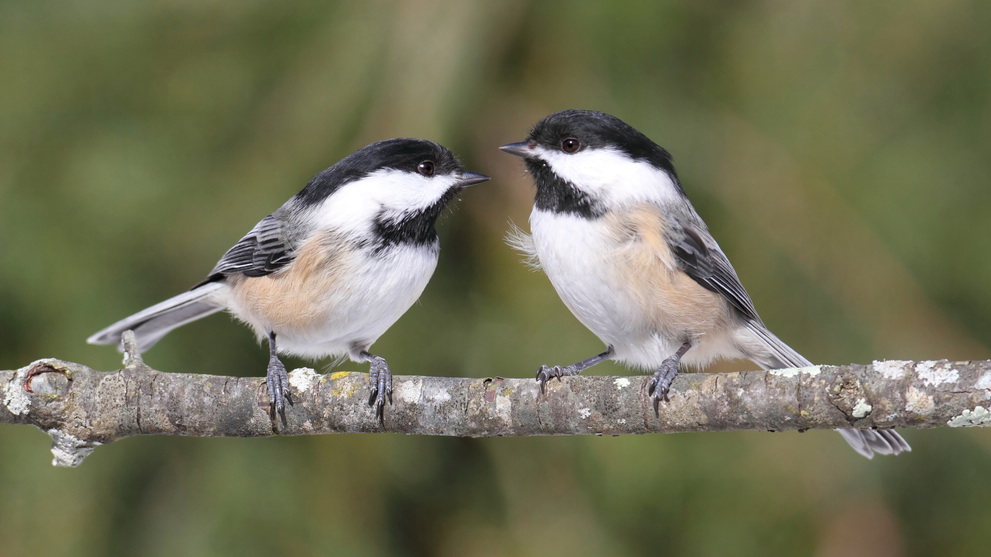
Birding Walks

Plea Poetry/short Story : Youth Contest
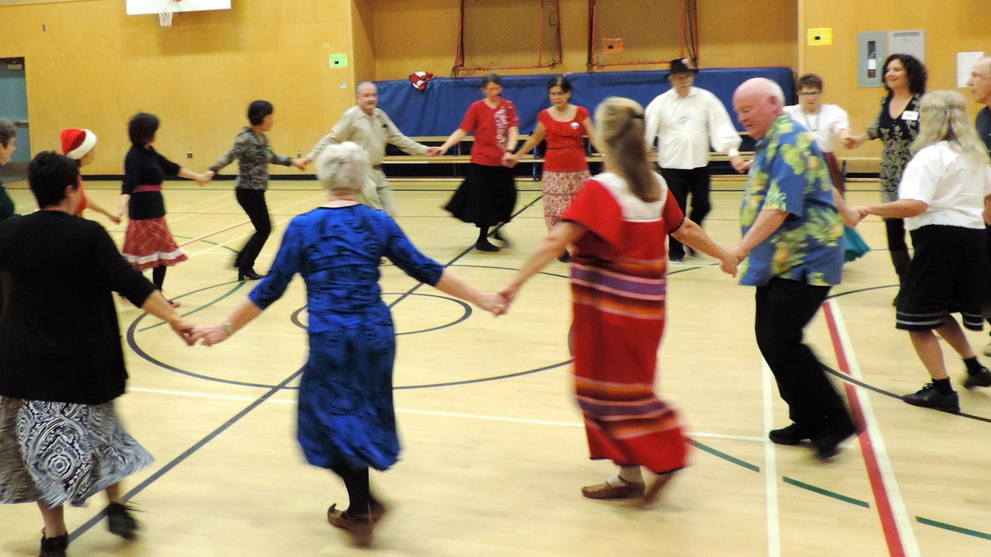
International Folk Dancing Drop-in Sessions
Racist’s Name Removed: Trudeau Government Announces Removal Of Conservative Politician Harry Stevens’ Name From Federal Building
- August 9, 2019

POSTED BY: DESIBUZZCANADA AUGUST 9, 2019

The Justin Trudeau government said it’s continuing its commitment to reconciliation, diversity and inclusion, which also includes acknowledging past wrongs, such as the Komagata Maru incident for which they gave an official apology in the House of Commons after Conservative PM Stephen Harper refused to officially acknowledge the wrong in the House. The Liberals went one step further Friday by announcing the removal of racist Conservative politician Harry Stevens’ name from a federal building to further heal the wounds of Komagata Maru. Harry Herbert Stevens, who was an MP from 1911 to 1940, a cabinet minister in the Conservative Party governments of Arthur Meighen and R. B. Bennett, was a key figure in the decision to bar the Komagata Maru from docking, directly working with the immigration office to prevent a positive resolution for the refugees.

By DESIBUZZCanada Staff
VANCOUVER – The Justin Trudeau government said it’s continuing it’s commitment to reconciliation, diversity and inclusion, which also includes acknowledging past wrongs, such as the Komagata Maru incident for which they gave an official apology in the House of Commons after Conservative PM Stephen Harper refused to officially acknowledge the wrong in the House.
The Liberals went one step further Friday by announcing the removal of racist Conservative politician Harry Stevens’ name from a federal building to further heal the wounds of Komagata Maru.

Carla Qualtrough, Minister of Public Services and Procurement and Accessibility, and Harjit S. Sajjan, Minister of National Defence and Member of Parliament for Vancouver South, announced the removal of Harry Stevens’ name from a federal public building in Vancouver, British Columbia at an event on Friday.
“The Government of Canada believes in the values enshrined in the Canadian Charter of Rights and Freedoms, including multiculturalism. We see diversity as a source of strength and work to break down barriers so that all have a real and fair chance at success. Today, some of my parliamentary colleagues from British Columbia and I come together to commit ourselves and our government to positive action and recognize past wrongs. We use this as an opportunity to honour and pay respect to the victims of the Komagata Maru incident, and to the Indigenous Peoples who supported them during their stay in the Vancouver harbour,” Qualtrough said.

Qualtrough and Sajjan were joined by other local members of Parliament and members of the South Asian and First Nations communities. At the same time, the ministers also recognized the newly painted mural on the building, located at 125 10th Avenue East, as a symbolic gesture of reconciliation to victims of the Komagata Maru incident, and as a way of paying tribute to the kindness of spirit demonstrated by the nearby Indigenous Peoples.

Also on hand was Raj Singh Toor, Vice-President and Spokesperson for the Descendants of the Komagata Maru Society.
“Removing Harry Stevens’ name from the federal building in Vancouver will help educate the community and remind us of how unique Canada’s diverse makeup is. We are all richer when we remember how special it is to have so many different ethnic communities living together. While it can’t right past wrongs, I hope that it will help to connect Canadians with their past in order to build a more peaceful and tolerant tomorrow,” Toor said.
The new mural, painted as part of the 2019 Vancouver Mural Festival, depicts the Komagata Maru incident of 1914. It honours the victims of the tragedy and their descendants, and recognizes the generosity of the local Indigenous Peoples in providing food and water to the passengers. The mural was a joint effort by artist Keerat Kaur, who painted the ship, and artists Alicia Point and Cyler Sparrow-Point, who painted the Indigenous art.
Harry Herbert Stevens, who was an MP from 1911 to 1940, a cabinet minister in the Conservative Party governments of Arthur Meighen and R. B. Bennett, and was Chairman of the Vancouver Board of Trade in his post-political career, was a key figure in the decision to bar the Komagata Maru from docking, directly working with the immigration office to prevent a positive resolution for the refugees.

“As the immigration staff in Vancouver could see, Stevens was the man making the decisions,” wrote Hugh J. M. Johnston in The Voyage of the Komagata Maru: The Sikh Challenge to Canada’s Colour Bar.
“Asian immigration was his leading issue. When he spoke for the first time in Parliament, he directed his time to the Asian threat to Canada’s future as ‘a white man’s country.’”
Most infamously, Stevens said “we cannot hope to preserve the national type if we allow Asiatics to enter Canada in any numbers” in 1914 – the same year as the Komagata Maru incident.

Raj Toor, whose grandfather was on the Komagata Maru, said at the time of the official Komagata Maru apology in the House of Commons that he would mention the situation to Trudeau. Toor told DESIBUZZCanada that he’s glad the Trudeau government has done good on his promise that this wrong would be reversed and it’s a precedent that a well-known politician’s name has been removed from a federal building.
“This is what an inclusive Canada is all about,“ Toor said. “I’m very happy.”

Quick facts
*In 2016, the Prime Minister apologized for the Komagata Maru incident in the House of Commons.
Henry Herbert (Harry) Stevens was a Canadian politician who was actively involved in the Komagata Maru incident.
*The name of the building will revert back to its street address of “125 10th Avenue East.” There are no plans to rename the building at this time.











